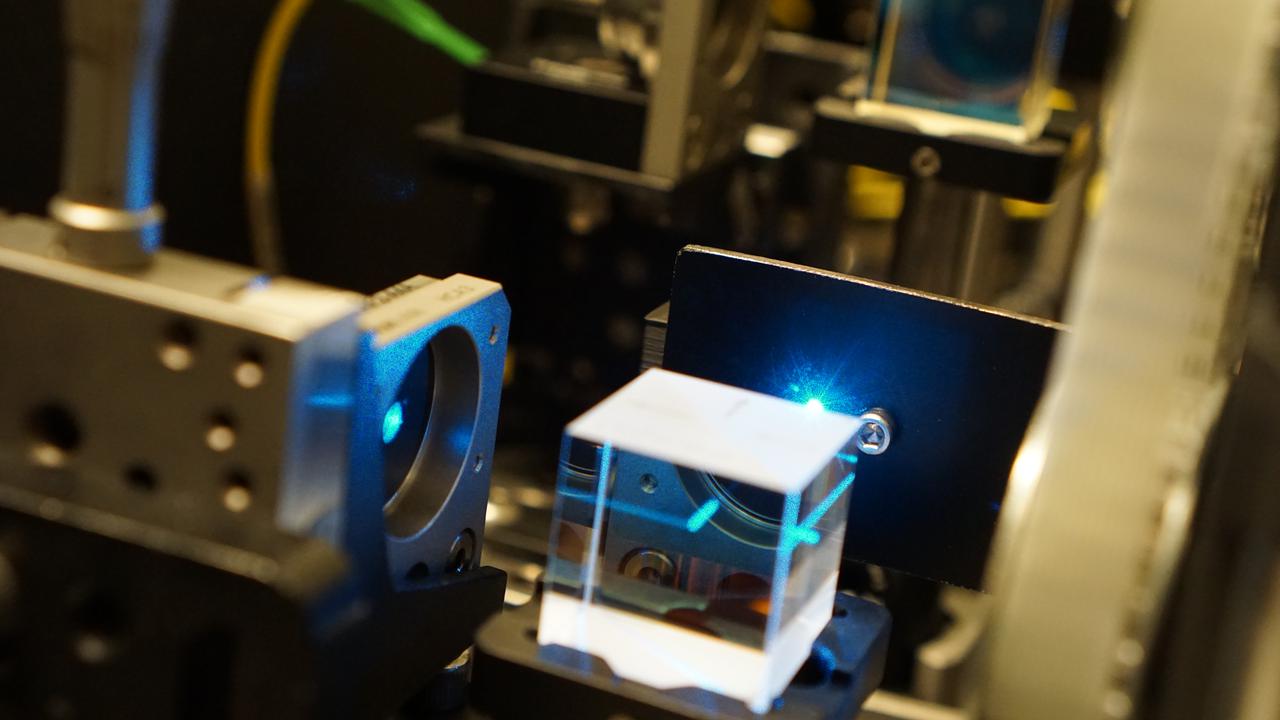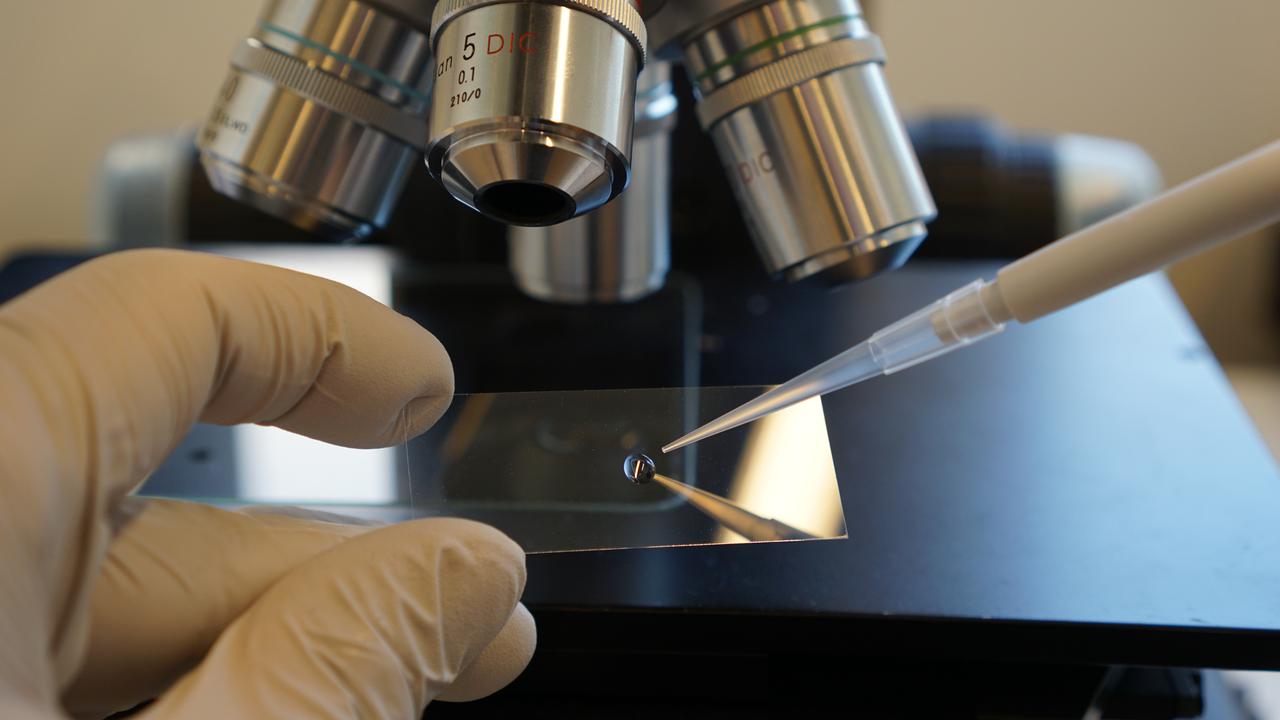About the dissertation
On Friday 24 October, Rasmus Öberg, Department of Physics at Umeå University, will defend his thesis titled Spotlight the Killer: Detecting harmful chemical and biological substances using optical spectroscopy. The dissertation will take place at 13:00 in Aula Anatomica, Biology Building. The faculty opponent is Prof. Fredrik Höök, Chalmers University of Technology.




